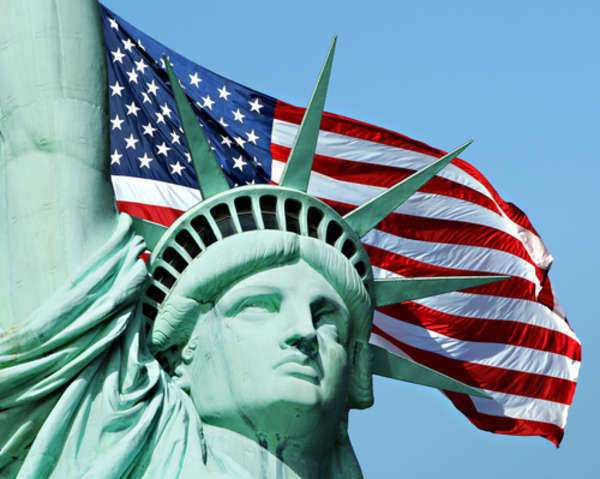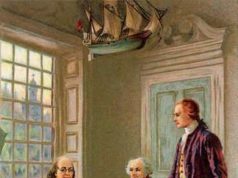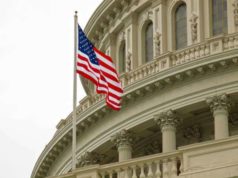
When the Declaration of Independence Was Signed: A Defining Moment in History
The signing of the Declaration of Independence on July 4, 1776, marks a pivotal moment in American history. This document, which declared the thirteen colonies to be free and independent states, plunged the young nation into a war with its former colonial master, Great Britain. This article will explore the events leading up to the signing of the Declaration, the significance of the document, and its enduring legacy.
Background
The roots of the American Revolution can be traced back to the mid-18th century, when tensions between the British colonies in North America and their British overlords began to escalate. The British government was seeking to exert greater control over the colonies, which had become prosperous and influential, through a series of taxes and regulations. In response, colonial leaders began to organize resistance and call for greater autonomy.
In 1774, the First Continental Congress met in Philadelphia to discuss these grievances and formulate a response. While many delegates still hoped for reconciliation with Britain, others, including Massachusetts delegate John Adams, favored independence. The Congress ultimately issued a series of resolutions asserting the rights of colonists and calling for boycotts of British goods.
A year later, the Second Continental Congress met in the same city, this time with the colonies on the brink of war with Britain. Among the delegates were famous patriots such as Benjamin Franklin, Thomas Jefferson, and John Hancock. On June 7, 1776, Virginia delegate Richard Henry Lee presented a resolution declaring that “these United Colonies are, and of right ought to be, free and independent states.” This resolution was debated and revised for several weeks, with Jefferson ultimately being tasked with drafting the final version.
The Signing
After several revisions, the final draft of the Declaration of Independence was ready to be signed on July 4, 1776. It was a sweltering day in Philadelphia, with temperatures soaring above 80 degrees Fahrenheit. Despite the heat, a large crowd had gathered outside Independence Hall, eager to hear the news. The document was read aloud by John Nixon, a local merchant, as the crowd cheered and celebrated.
The signers of the Declaration were a diverse group of men, hailing from all of the 13 colonies. Some, like Thomas Jefferson, Benjamin Franklin, and John Adams, were well-known and respected leaders. Others were lesser-known but no less committed to the cause of independence. In all, 56 men signed the Declaration, risking their lives and fortunes in the process.
The signing itself took place over several months, with some signers adding their names many months after July 4th. There was no formal ceremony or fanfare associated with the signing, however. Instead, most of the signers simply affixed their signatures to the document in a quiet, unassuming manner.
Importance of the Declaration
The Declaration of Independence was not just a legal document; it was a statement of principles that embodied the hopes and aspirations of a new nation. It declared that all men were created equal and endowed with certain unalienable rights, including life, liberty, and the pursuit of happiness. It asserted that governments derive their power from the consent of the governed and that “when a long train of abuses and usurpations… evinces a design to reduce them under absolute despotism, it is their right, it is their duty, to throw off such government and to provide new guards for their future security.”
These principles were revolutionary at the time and would continue to inspire movements for liberty and democracy across the globe in the centuries to come. The Declaration also served as a rallying cry for the American Revolution, galvanizing support for the cause of independence and inspiring patriots to fight for their country’s freedom. Without the moral force of the Declaration, the American Revolution might have taken a different course – or failed altogether.
Enduring Legacy
The Declaration of Independence continues to be revered as a symbol of American liberty and a statement of universal rights. Its ideals have been enshrined in the Constitution
The handwritten version of the United States Declaration of Independence that was signed by Congress has the date July 4, 1776, on it. There has been a lot of debate on whether or not these signatures were actually completed on the date listed. Benjamin Franklin, John Adams, and Thomas Jefferson all wrote in other documents that the Declaration had received its signatures from Congress on July 4. However, in 1796 Thomas McKean, a signer, disputed that the Declaration of Independence had not been signed on July 4, and stated that some signers were not present at the time, such as many who were not in Congress at the time.

























